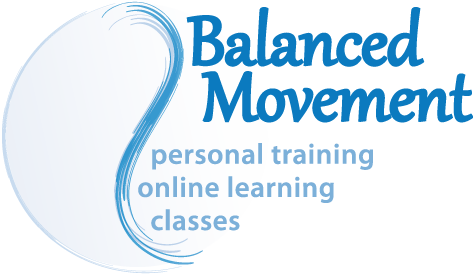Ask the PT: Core Stability for Running
Balanced Movement Studio

Q: Core stability for running comes from strong abdominal muscles, right?
A: With each footfall during running, the chain reaction between our body, the ground and gravity begins from the ground up. This means that core stability starts at the foot and moves up through the knee, hip, pelvis and then the spine. If there is a weak link in the chain, stability above that link cannot happen; i.e. if the hip is weak, strong abdominals are not enough to compensate. Our abdominals require a stable pelvis to complete their task of keeping us erect while providing rotation of the spine to keep the opposite arm and leg moving forward.
Gluteals are the dominant controlling musculature of the hip. The deeper gluteal muscles (gluteus medius & minimus) control the lateral (side to side) and rotational positioning of the pelvis on top of our legs. By controlling the pelvis, the glutes are also controlling our center of mass. Running is a motion dominated by a forward direction, but it also contains lateral and rotational components. These components are often neglected in training, thus fostering an imbalance and further exploiting any weaknesses. This results in inefficiencies, numerous injuries or sometimes just the inability to maintain good running form especially later in a run.
Physical therapy can help you to discern your body’s pattern and begin to go about changing it. In your initial visit, we’ll get video of your running form, complete a good functional screen and a thorough physical evaluation.
Call our office at 919.798.0555 to schedule your appointment!
Chad Flickinger, MPT is a physical therapist working with Balanced Physical Therapy in their Carrboro location. Chad is a previous collegiate runner and lacrosse player who currently enjoys running, biking, backpacking and playing ice hockey in his free time. Chad enjoys teaching clients to move in new ways to comeback after injury or decrease pain with daily living.
Categories: Articles, Ask the PT, Running Resources




